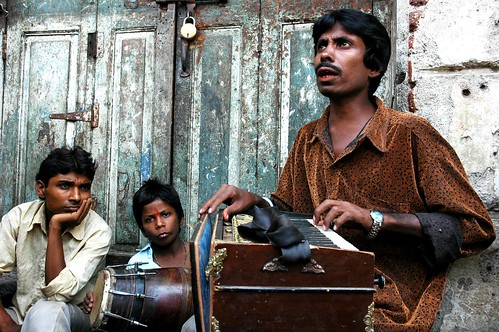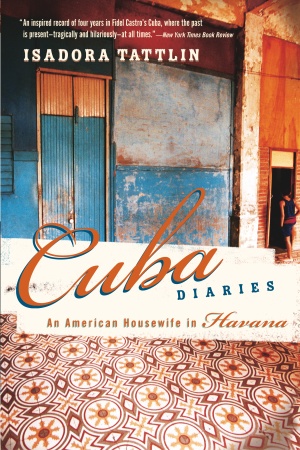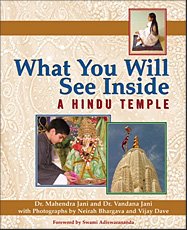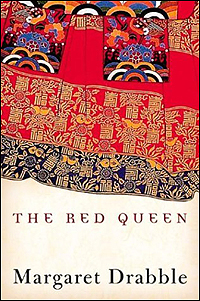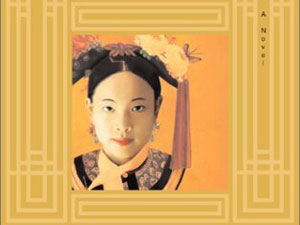 The stamp depicts Laura Secord making her way through the bush during her famous walk to inform the British that the Americans were going to attack Canada.
The stamp depicts Laura Secord making her way through the bush during her famous walk to inform the British that the Americans were going to attack Canada.  Indian Minature Painting of Mughal Woman
Indian Minature Painting of Mughal WomanIn July my family and I will celebrate our sixth year in Canada. Often people ask me if I have started to feel Canadian - I'd love to respond in the affirmative because it's almost like your adopted mother anxiously wanting to know if you love her - but the truth is, I feel more Indian than ever!
Don't get me wrong - I love my adopted country and I am loyal to it. I am grateful for all the opportunities it has provided me and my children and in return I will give it the best years of my life, but none of that changes who I am inside, for I will always be Indian. But my children, ahhh, that's another story. They are growing up Canadian; they speak perfect, unaccented English, they ski, they have pool parties, they speak French and do all the things Canadian kids do, except, unlike most Canadian kids, they have Indian parents!
So, when Friday comes around they accompany us to the temple. In March, we celebrate Holi (the festival of color) with our friends; they listen to Hindi music at home and watch Hindi movies (not always out of choice, I will admit, but because it is what my husband and I are watching and they are happy to join in); they eat curry and rice almost everyday of the week and best of all, spend every second summer in India. What does that make them? A few years ago saying they were Indian-Canadians would have seemed unpatriotic, but these days it seems everyone is happy to embrace their hyphenated identities, so I say it with pride: my kids are Indian-Canadians!
What sparked this post? An article by Jhumpa Lahiri ( Pulitzer prize winning author of "Interpreter of Maladies" and "Namesake") in the recent issue of Newsweek. She explains with candor and insight what it was like for her to grow up with two identities, working hard all the time to merge them into one and the effect it has had on her life. The last paragraph of the article is particularly poignant.



